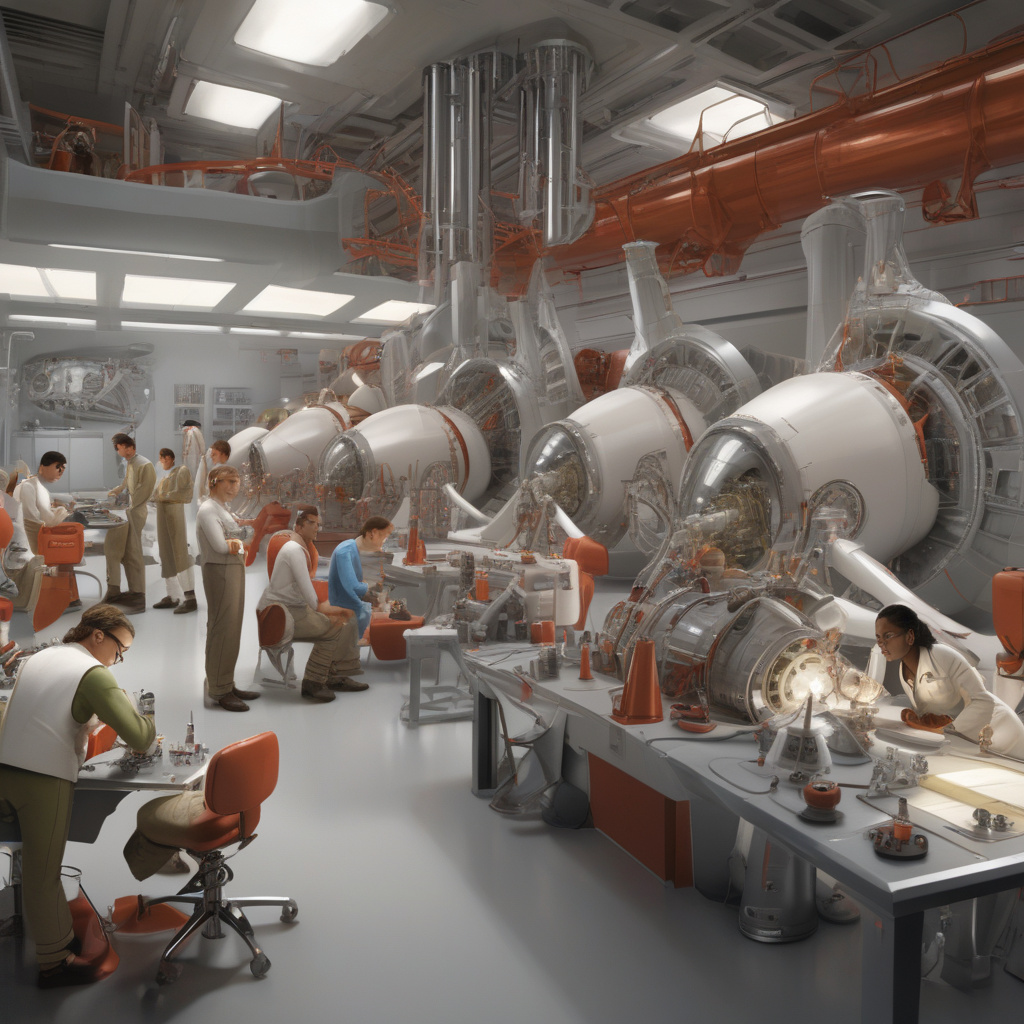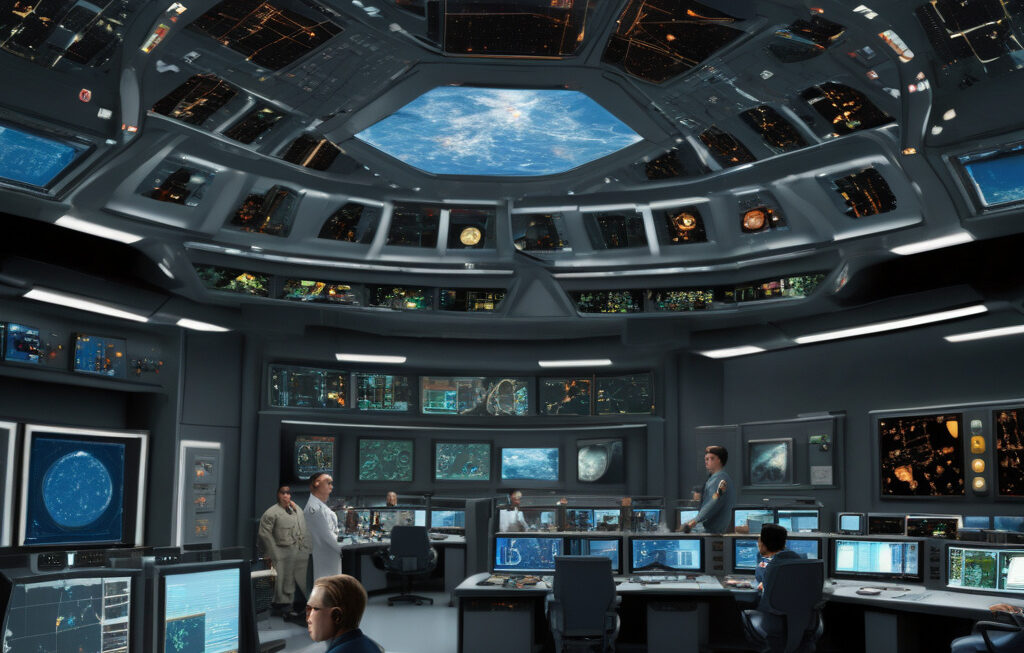Ohio State Engineers Design Liquid Uranium Nuclear Rocket Concept for Mars Trip
The Ohio State University is developing a new nuclear thermal propulsion system called the centrifugal nuclear thermal engine (CNTE) that could revolutionize space travel. This innovative technology aims to propel spacecraft to Mars and beyond by utilizing liquid uranium as fuel. The concept of using nuclear power for space exploration is not new, but the CNTE design offers several advantages over traditional chemical rockets.
One of the key benefits of the CNTE is its high energy density, which allows for more efficient propulsion compared to conventional rocket engines. This means that spacecraft powered by the CNTE could reach Mars in a fraction of the time it would take with current propulsion systems. Additionally, the use of liquid uranium as fuel provides a more sustainable and long-lasting energy source for deep space missions.
The design of the CNTE involves spinning liquid uranium at high speeds to generate heat, which is then used to heat hydrogen gas and propel the spacecraft forward. This unique approach reduces the overall weight of the propulsion system, making it ideal for long-duration missions to distant planets like Mars. The engineers at Ohio State are confident that the CNTE has the potential to significantly reduce travel time and costs for future space exploration endeavors.
In addition to its efficiency and sustainability, the CNTE also offers increased safety compared to traditional nuclear propulsion systems. By using liquid uranium instead of solid fuel, the risk of a meltdown or criticality accident is greatly reduced. This makes the CNTE a promising option for manned missions to Mars, where the safety of astronauts is of the utmost importance.
While the development of the CNTE is still in the early stages, the potential impact of this technology on the future of space exploration is undeniable. By harnessing the power of nuclear energy, engineers at Ohio State are paving the way for faster, more cost-effective, and safer missions to Mars and beyond. As we look towards a future where humans may one day walk on the red planet, innovations like the CNTE will play a crucial role in making that dream a reality.
In conclusion, the liquid uranium nuclear rocket concept developed by Ohio State engineers represents a groundbreaking advancement in the field of space propulsion. With its potential to revolutionize deep space travel, the CNTE offers a glimpse into a future where interplanetary exploration is not only possible but sustainable and safe. As research and development continue, we can expect to see more exciting discoveries that will shape the future of space exploration for generations to come.
Ohio State University, nuclear thermal propulsion, Mars mission, space exploration, CNTE.










